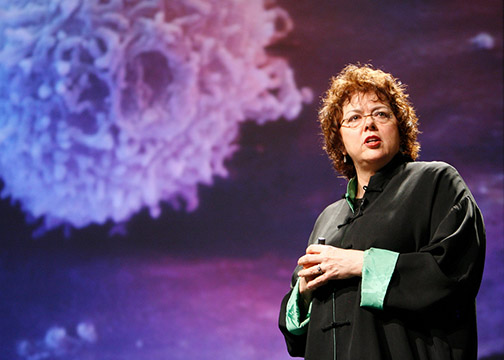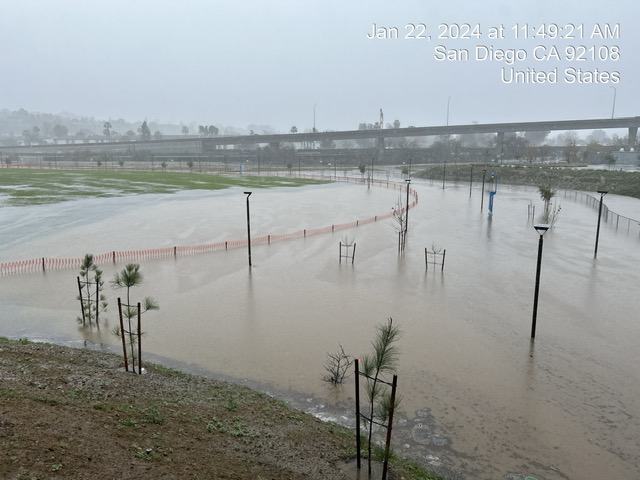
A Pulitzer Prize-winning science journalist came to San Diego State to discuss the effect culture plays in the spread of Ebola and the stigma attached to disease.
On Tuesday night, Laurie Garrett talked about her personal experiences in West Africa during the Ebola outbreak, along with head of SDSU’s Epidemiology and Biostatistics Stephanie Brodin and Epidemic Intelligence Service Officer for the Centers for Disease Control and Prevention Angela Dunn.
The Ebola virus originated in West Africa and quickly spread to neighboring countries causing outbreaks in Liberia, Guinea and Sierra Leone. Garrett believes the virus was easily spread because the countries were impoverished and lacking resources and the proper education before the outbreak.
“These are countries where the (gross domestic product) per capita is less then you spend in a week,” Garret said.
Garrett, Brodin and Dunn all spoke on the common theme that culture and lack of proper understanding can further the spread of disease. Burial ceremonies and lack of acceptance played a major role in the spread of Ebola in West Africa, Dunn said.
“In a lot of health clinics you would see different educational posters, however, they would not allow Ebola information posters on the wall because they feared that (the posters) would bring Ebola to the clinic,” Dunn said.
Garrett spoke about the social stigma that comes with disease and how it has played a role in helping spread the Black plague, HIV and the Ebola outbreak.
“I didn’t realize how much the lack of education in these impoverished countries effected the spread of Ebola,” public health sophomore Adriana Arteaga said. “Living here we believe what our doctors tell us, but in these countries culture plays such a huge role.”
To combat the stigma surrounding Ebola many clinics were opened, volunteers came to West Africa, and people began to share information about prevention.
“Instead of crowding together and being gregarious and hugging everyone, there had to be a distance between everyone and suddenly all your social behaviors changed, which resulted in social distance,“ Garrett said.
By early February 2014 the number of those infected had gone down in Liberia, which Garrett said was partly due to social distancing. On March 20, however, it was discovered that a 44-year-old woman in the Monrovia, the capital, had contracted Ebola. Her diagnosis revealed that her partner had Ebola in his semen and that Ebola could be sexually transmitted 90 days after treatment.
The New York City Department of Health and Mental Hygiene reported the first case of Ebola in the United States on Oct. 23. Garret believes it was not until this reported case in the United States that Americans took notice to the outbreak.
While at least 10,689 people have died from the 2014 outbreak of Ebola in West Africa, according to the Center for Disease Control and Prevention, there have been only four cases of Ebola diagnosed in the U.S.
“Here in the West it is about each individual white person that comes down with Ebola, not about the masses in Africa who die,” Garrett said. “It was viewed as a ‘them’ problem, just don’t bring it to us.”






